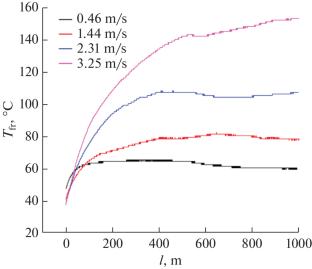等离子体电解氮碳共渗提高高速钢R6M5的耐磨性
IF 0.7
Q3 Engineering
Surface Engineering and Applied Electrochemistry
Pub Date : 2025-06-10
DOI:10.3103/S1068375525700024
引用次数: 0
摘要
提出了一种低温等离子体电解氮碳共渗结合气淬和三级回火提高R6M5高速工具钢表面硬度和耐磨性的工艺。研究了处理前后高速钢表层的组织和相组成。结果表明:淬火后氮碳共渗形成含氮化物夹杂的高合金马氏体组织,回火后析出细小分散的碳化物,导致淬火后表层硬化至1140 HV,回火后表层硬化至1380 HV。本文章由计算机程序翻译,如有差异,请以英文原文为准。

Increasing the Wear Resistance of High-Speed Steel R6M5 Using Plasma-Electrolytic Nitrocarburizing
A technology is proposed to increase the hardness and wear resistance of the surface of R6M5 high-speed tool steel using low-temperature plasma electrolytic nitrocarburizing in combination with air quenching and three-stage tempering. The structure and phase composition of the surface layers of high-speed steel before and after treatment were studied. It was shown that the formation of a high-alloy martensite structure with nitride inclusions after nitrocarburizing with quenching and the precipitation of finely dispersed carbides during subsequent tempering leads to hardening of the surface layer to 1140 HV after quenching and to 1380 HV after subsequent tempering.
求助全文
通过发布文献求助,成功后即可免费获取论文全文。
去求助
来源期刊

Surface Engineering and Applied Electrochemistry
Engineering-Industrial and Manufacturing Engineering
CiteScore
1.60
自引率
22.20%
发文量
54
期刊介绍:
Surface Engineering and Applied Electrochemistry is a journal that publishes original and review articles on theory and applications of electroerosion and electrochemical methods for the treatment of materials; physical and chemical methods for the preparation of macro-, micro-, and nanomaterials and their properties; electrical processes in engineering, chemistry, and methods for the processing of biological products and food; and application electromagnetic fields in biological systems.
 求助内容:
求助内容: 应助结果提醒方式:
应助结果提醒方式:


